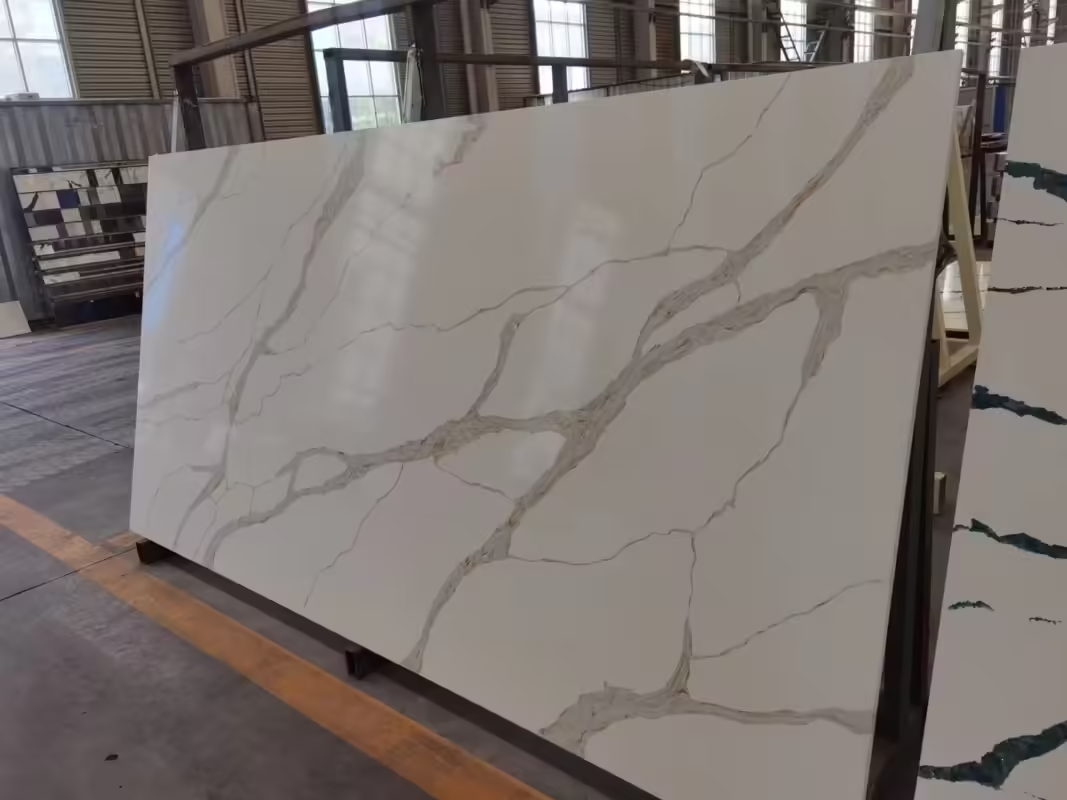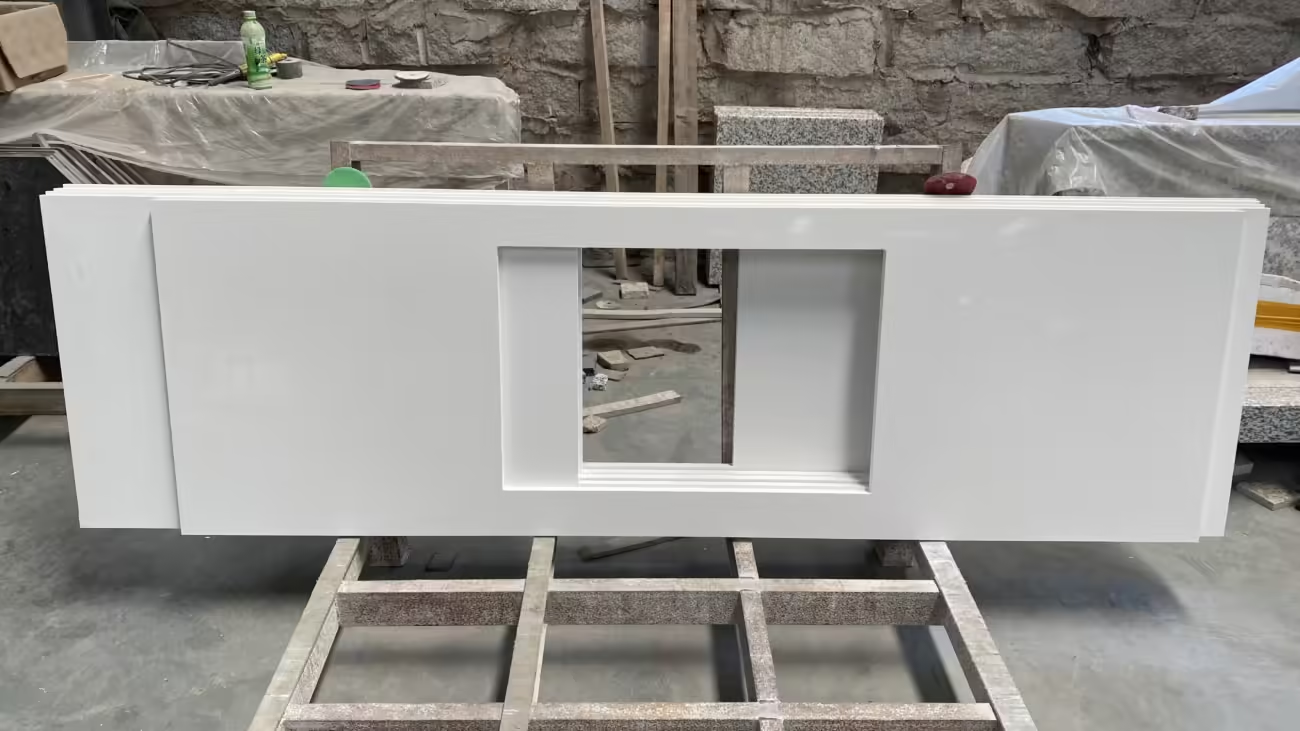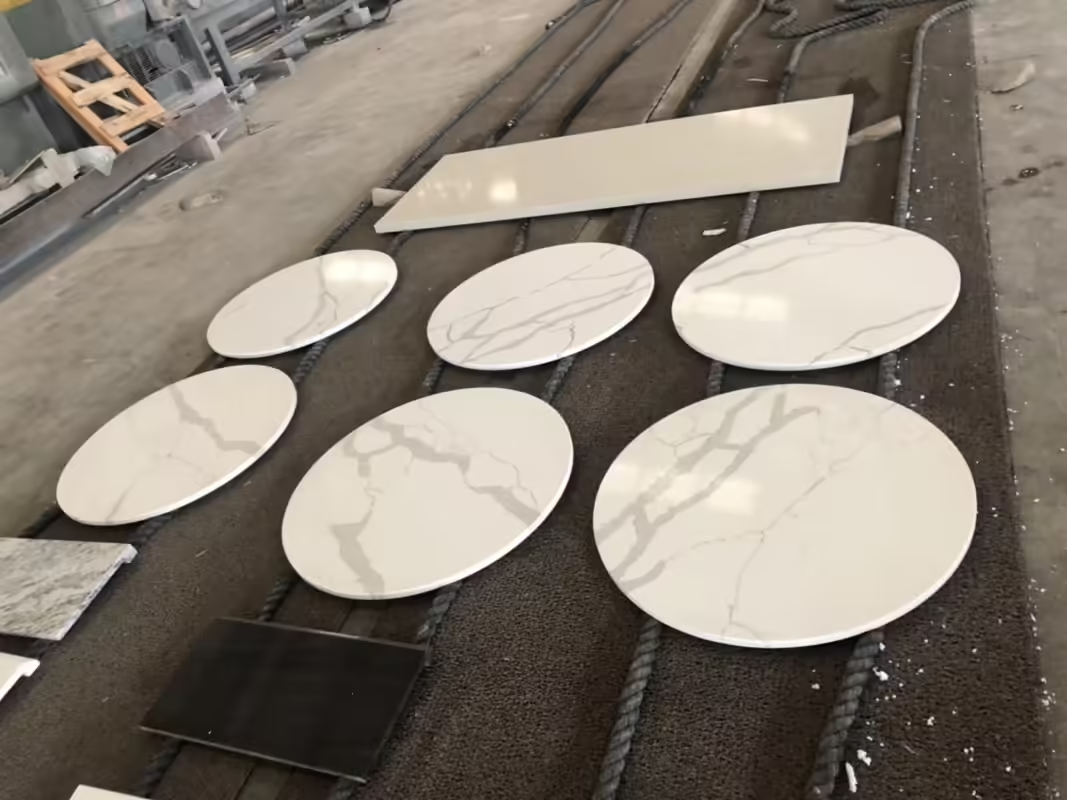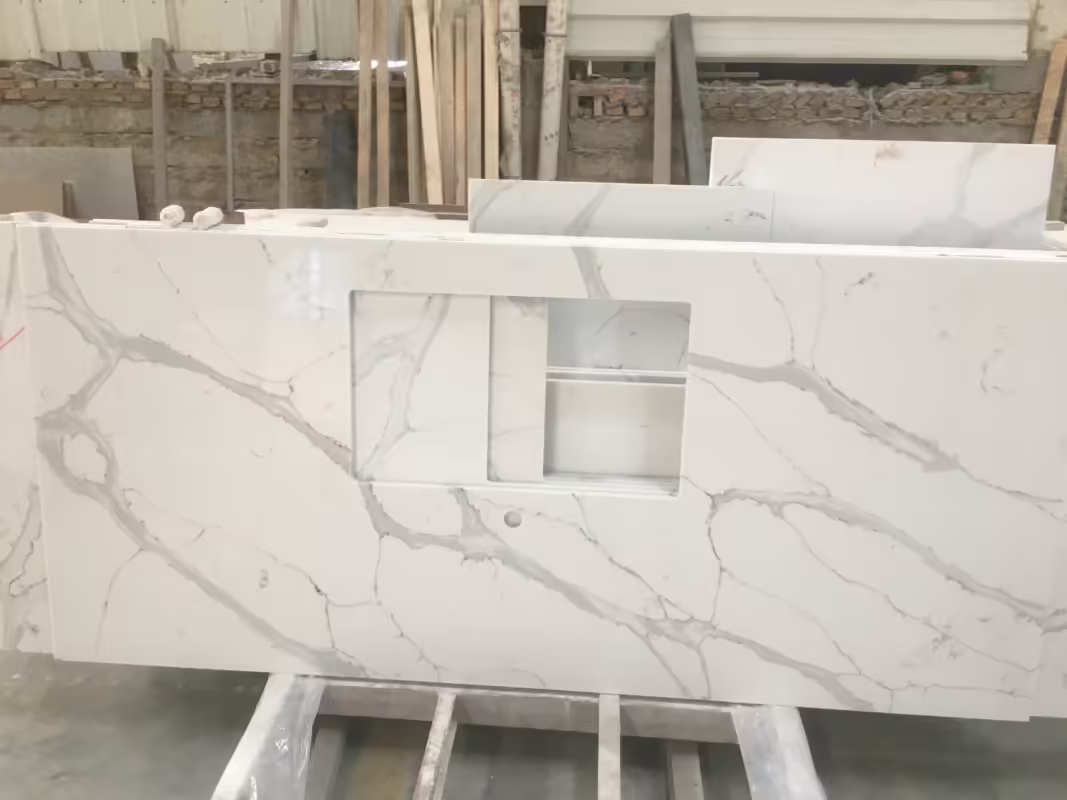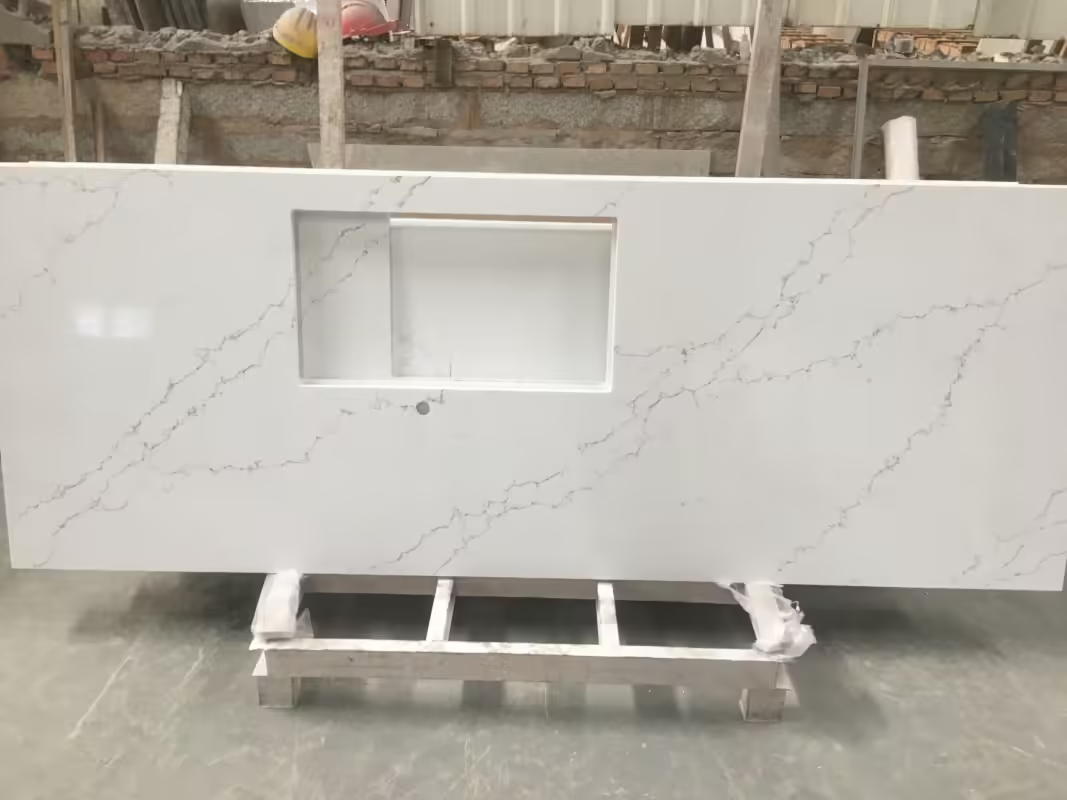Blog
Engineered vs. Natural Stone: A Technical Comparison
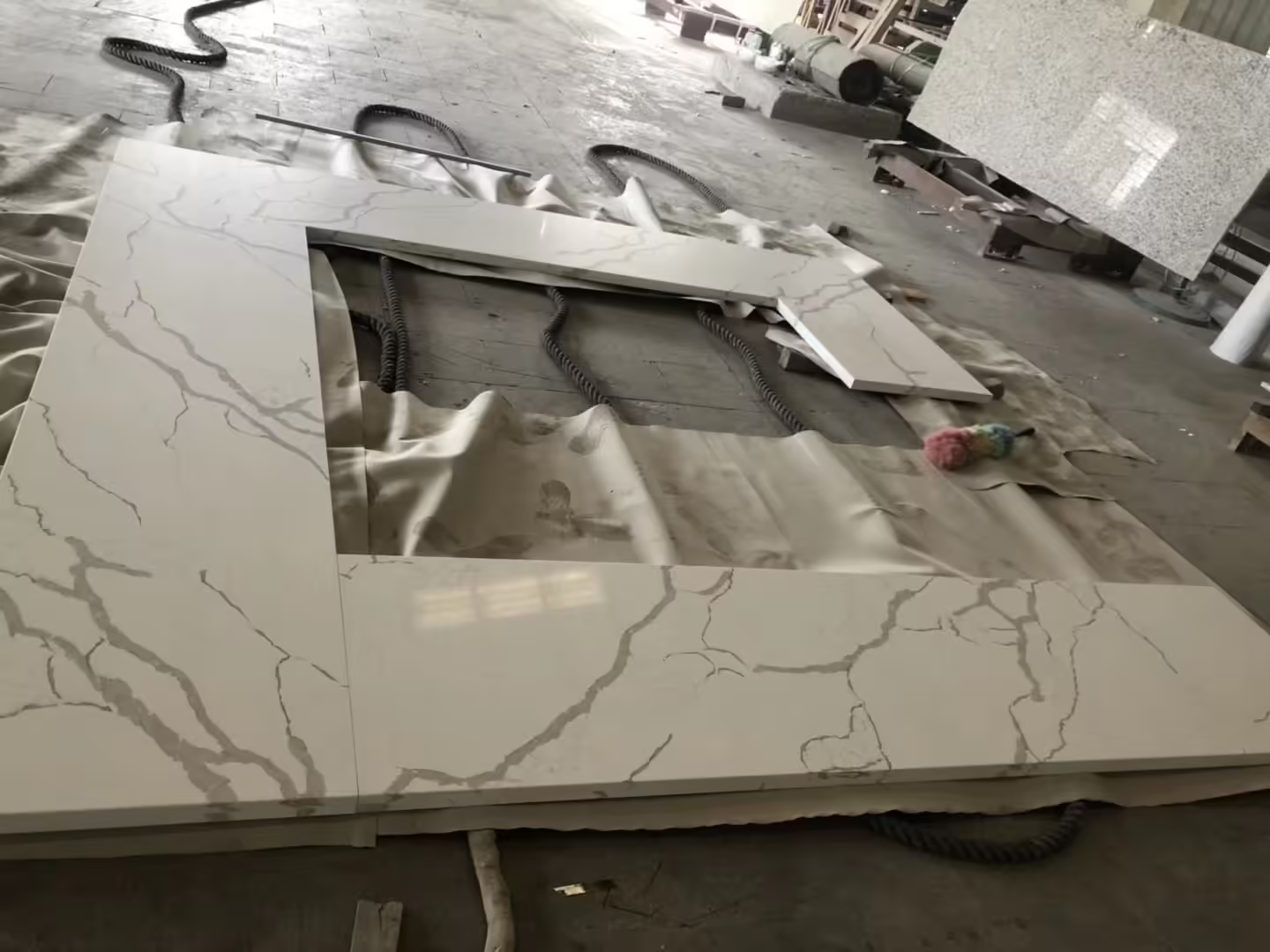
When selecting materials for construction and design, the choice between engineered and natural stone is a crucial one, driven by aesthetics, functionality, and sustainability. Understanding the technical differences between these materials can help in making an informed decision.
Composition: Natural stone, such as granite and marble, is quarried directly from the earth and cut into slabs, maintaining its natural state. Engineered stone, like quartz, is manufactured by combining natural stone particles with resins and pigments, creating a highly durable and customizable product.

Porosity: Natural stones are generally more porous than engineered stones, making them susceptible to staining and bacterial growth unless they are regularly sealed. Engineered stone is non-porous, offering excellent resistance to stains and bacteria, which makes it particularly suitable for kitchen and bathroom environments.
Durability: While natural stone is durable, its longevity can be impacted by its maintenance requirements. Engineered stone is designed for enhanced durability, often being more resistant to scratches, chips, and cracks.
Aesthetics: Natural stone is unique in every slab, with variations in color and vein patterns that many find appealing. Engineered stone offers a more uniform appearance and can be customized to achieve a wide range of colors and textures that mimic natural stone or offer entirely unique aesthetics.

Maintenance: Engineered quartz stone requires less maintenance compared to natural stone because it does not need to be sealed regularly due to its non-porous nature. This makes it a more convenient and less time-consuming option in terms of upkeep.
Conclusion: Both engineered and natural stones have their unique benefits and drawbacks. The choice often comes down to the specific requirements of the project, including aesthetic preferences, the intended use of the space, and maintenance willingness.
